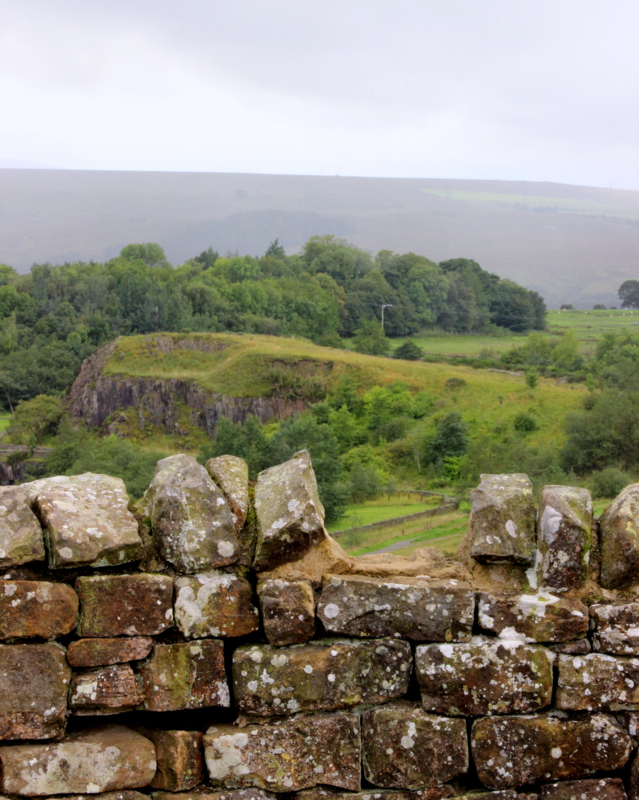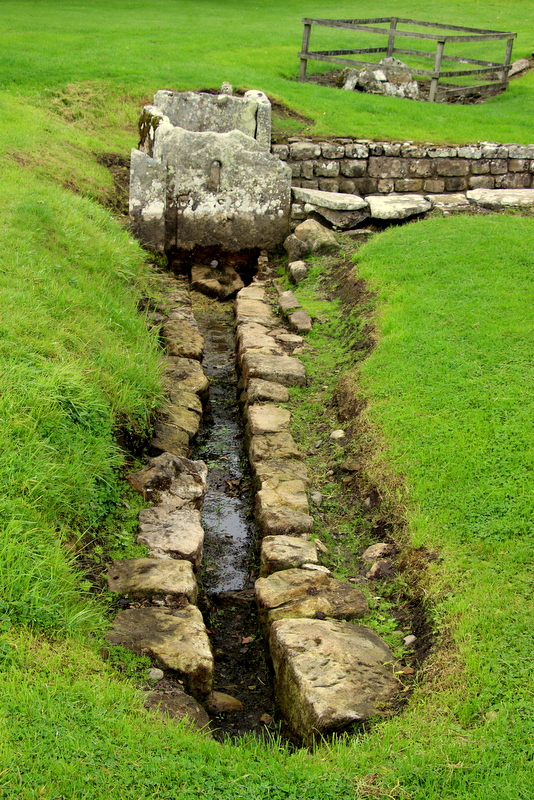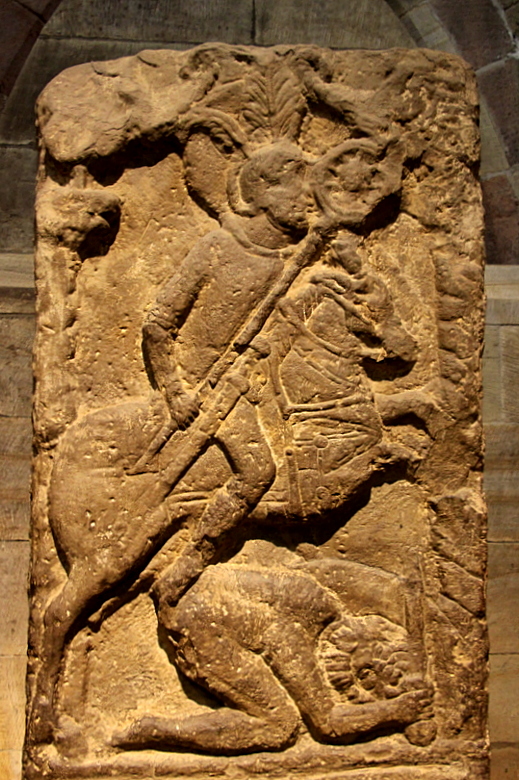by Phil Boyer
Disclaimer: I am an experienced historian but novice photographer; the sun never shines in Northumberland (literally) so don’t expect PSA quality photos; most of the photos below were taken in rain and fog. Figs 1 and 2, however, show the Northumberland countryside during the weekly two hours of sunshine.
Less than fifty years after Christ, the Roman army, and Roman civilization, ruled Great Britain. Only the barbarians (in what is now Scotland) were beyond Roman rule. Unfortunately, their bad habits included kidnapping women and stealing livestock (livestock was harder to replace). To guard against the barbarians, the Romans began building forts, first of wood (50 AD) and later stone (85 AD). The Roman emperor Hadrian, after visiting the frontier in 122 AD, then ordered a wall to be built across the entire island.
Hadrian’s Wall was a genuine masterpiece of construction, one of the wonders of the world in its time. Built in only eight years, it stretched 79 miles from the Atlantic to the North Sea. It stood two Roman meters wide and four meters high (Fig 3) with watchtowers every mile (see the base of a watchtower in Fig 4), guarded 24 hours per day.
It was built on hilltops over rough terrain (see the hills in Figs 5-6) with a view of the northern countryside for twenty miles. (Fig 7), with guarded gates to encourage trade. Five massive forts were also built to house troops. Unfortunately, only partial ruins remain; much of the wall was torn down over the centuries to build the hours and churches which still stand in Northumberland.
One of the difficulties in photographing Roman ruins in Northumberland (besides the weather) is the sheer scale of the ruins; the ruins of the Roman fort at Vinolanda for example, covers two acres. (Figs 8-9).
I tried to compensate by focusing on small details. See for example, the shape and workmanship of the bricks of the ruined wall, still standing watch after 2000 years, silhouetted against the rugged countryside (Fig 10). The stone bricks in Hadrian’s Wall, mined and hauled from 700 miles away, were cemented by mortar using technology still in use today. Similarly, note the sophistication (for that era) of Roman plumbing, (Fig 11) with running water and a system to carry waste away to a cistern. (Modern British plumbing still has not caught up to the Romans!) Symmetry and order were also important in Roman construction with the forts and supporting villages, (to house wives, craftsman and bars) laid out with modern precision.
Roman soldiers, who often came from conquered territories, were the elite of their time, with precision and discipline rivaling any modern army. Fig 12 shows the gravestone of Claudius, a Roman cavalryman of the second century. He was buried with his sword and shield (but not his horse). His gravestone now graces Hexam Abby, built with stones from Hadrian’s Wall in the 8th Century.
Finally, the Romans grazed sheep in these fields for food and wool, and sheep have continued to graze there for 2000 years (Fig 13). The shepherd claimed his flocks were the descendants of the flocks who roamed under Roman rule! While that claim should be taken with a “grain of salt” (a Roman idiom from the historian Pliny) the image of sheep grazing these fields for 2000 years provides needed perspective to our current political turmoil.
Postscript: The Roman Empire has a bad reputation when looked at though 20th century eyes, but it greatly benefited the British. The Romans did not bring democracy to Britain, but they brought peace, prosperity, civilization and stability; Britain did not unite again under one ruler for 500 years after the fall of the empire. Hadrian’s Wall protected Northumberland for over 400 years, and brought peace, trade and prosperity to the north. For 1100 years after the fall of the empire, constant wars, violence and Viking raids marked the border, and the town of Berwick was sacked and changed hands over fifty times. When British peasants in the Dark Ages tore down Hadrian’s bricks to build their home and churches, perhaps they lamented the loss of the empire.













